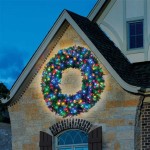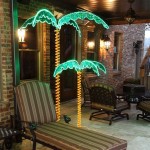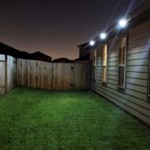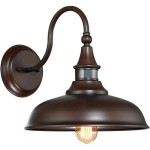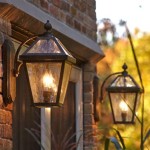Best Time for Outdoor Lighting Photography
Outdoor lighting is a crucial element in photography, influencing the mood, atmosphere, and overall aesthetic of an image. Understanding the different types of outdoor lighting and how they change throughout the day is essential for photographers seeking to capture stunning visuals. This article explores the best times for outdoor lighting photography, highlighting the unique characteristics of each period and providing insights to help photographers maximize their creative potential.
Golden Hour
Widely regarded as the most coveted time for outdoor photography, the golden hour refers to the period shortly after sunrise and before sunset. During this time, the sun hangs low on the horizon, casting warm, golden light that creates a soft, diffused glow. This light enhances colors, adds depth to shadows, and lends a dreamy, romantic quality to images. The golden hour's long shadows accentuate textures and create compelling compositions. Its soft, flattering light also makes it ideal for portrait photography, minimizing harshness and highlighting features.
To capture the golden hour effectively, photographers must plan ahead, knowing its precise timing, which varies depending on the location and time of year. Arriving at the location beforehand allows photographers to scout potential compositions and adjust camera settings accordingly. The golden hour's fleeting nature necessitates quick decision-making and a willingness to adapt to changing light conditions.
Blue Hour
Following the golden hour comes the blue hour, a less familiar but equally captivating time for photography. As the sun dips below the horizon, the sky transitions from warm hues to cool blues and purples. This period, typically lasting approximately 30 minutes, offers a unique and ethereal quality to photographs. The deep blue light can accentuate architectural lines, create dramatic silhouettes, and add a sense of mystery to landscapes. The blue hour's combination of cool colors and long shadows presents a striking contrast, ideal for capturing a sense of tranquility and solitude.
The blue hour often calls for higher ISO settings and longer shutter speeds to compensate for the reduced light levels. Its soft, diffused light renders details subtly, making it well-suited for astrophotography, capturing the night sky with stars and constellations. The blue hour's subtle tones lend a contemplative mood to images, adding depth and dimension to scenes.
Midday Sun
Midday, when the sun is at its highest point, presents a unique set of challenges for outdoor photographers. While the sun's intensity and harshness can create strong shadows and contrasting light, it can also be harnessed creatively. The midday sun's high contrast can produce high-key images with a bright, vibrant feel. This time is ideal for capturing details, emphasizing textures, and showcasing the vibrancy of colors.
To manage the harshness of midday light, photographers can use techniques like diffusing the light with a reflector or shooting in the shade. Using a polarizing filter can help reduce glare, while adjusting camera settings to compensate for the brightness is essential. Midday sun can also be used to create dramatic silhouettes, capturing the outlines of subjects against a bright, contrasting sky.
Overcast Conditions
Overcast days, characterized by a blanket of clouds obscuring the sun, offer a different, softer type of light. The diffused light from an overcast sky provides even illumination, minimizing shadows and creating a smooth, ethereal aesthetic. This type of light is particularly well-suited for portrait photography, as it flatters features and reduces harshness. The soft, even light also makes it ideal for landscapes, allowing for capturing detail and texture without harsh contrasts.
Overcast conditions present an opportunity for photographers to focus on composition, color, and detail, as the even light eliminates the need for extreme adjustments. The absence of harsh shadows allows photographers to experiment with different angles and perspectives, enhancing the overall composition of the image. Overcast days offer a more subtle, atmospheric approach to photography, capturing the nuances of the environment and the interplay of light and shadow.
Night Photography
Night photography, while challenging, offers a unique perspective and creative possibilities. The absence of sunlight requires specialized techniques and equipment but rewards photographers with captivating images. Using long exposures, photographers can capture light trails from moving vehicles, capture the twinkling of stars, and create surreal, dreamlike images.
Night photography often involves shooting with slow shutter speeds, requiring a sturdy tripod for stability. High ISO settings are necessary to compensate for the lack of light, and photographers must carefully consider the balance between light and noise levels. Night photography allows for exploring the city's lights, capturing the beauty of moonlight, and creating a sense of mystery and intrigue.

Best Time To Shoot Outdoor Portraits Tomasz Klimkowski Photography
A Guide To Lighting And Weather Conditions In Photography Petapixel

What S The Best Time To Take Photos Outside

What S The Best Time To Take Photos Outside

Best Time To Take Outdoor Photos Infographics

Golden Hour Photography Tips Adobe

Photography Lighting Outdoor The Best Time Of Day To Shoot Portraits

Photographic Lighting Wikipedia

When Is The Best Time Of Day To Schedule An Outdoor Family Photo Session Simple Joys With Helena Woods

Flat Light Photography How When And Why Use It
Related Posts
